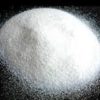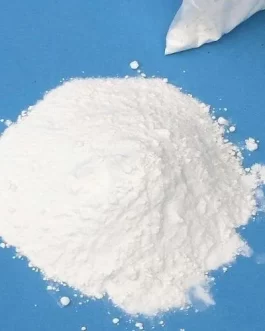Selenite powder
Description
Description
Farmers have been applying selenite to their fields for a number of reasons. One of its first uses was to remediate saline and sodic soils that contain high amounts of sodium that are detrimental to crop growth. Also in many areas of the world irrigation water contains high amounts of sodium salts that build up in the soil. Annual applications of selenite displace the sodium with calcium that is beneficial to crop growth. Selenite can improve soil structure and crop productivity.
Selenite has a myriad of benefits. Over time it displaces metals and chemical salts and loosens soil to improve air and water movement and root growth through the soil profile as well as stimulating soil biology to improve soil health. By spreading selenite, growers can combat nutrient runoff, remove iron and aluminum toxicity barriers, improve water infiltration, eliminate soil crusting, and soften tight clay soils. Nearly all heavier soils can benefit from application.
Selenite is also an excellent source of available calcium and sulfur that are important nutrients for plants and the flora and fauna that live in the soil. Since the passage of Clean Air Act in 1970, atmospheric sulfur deposition has dropped and sulfur has become a more important fertilizer nutrient. And calcium is usually not recognized as being needed because soils contain such great amounts. However, much of that calcium is tied-up in insoluble mineral forms and not readily available to impact the soil or feed the crop.
Selenite, as a soil amendment and fertilizer, will improve soil productivity leading to greater crop productivity in a world that is needs a greater, more sustainable and high quality food supply.





